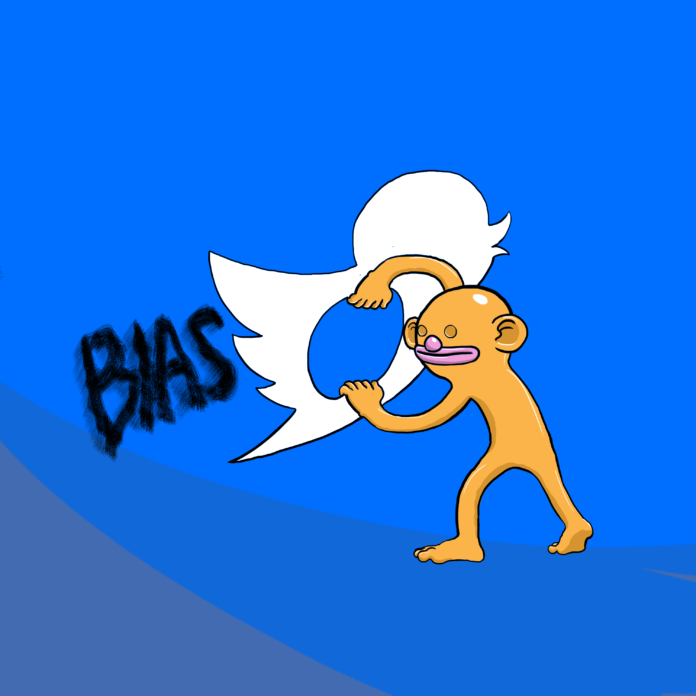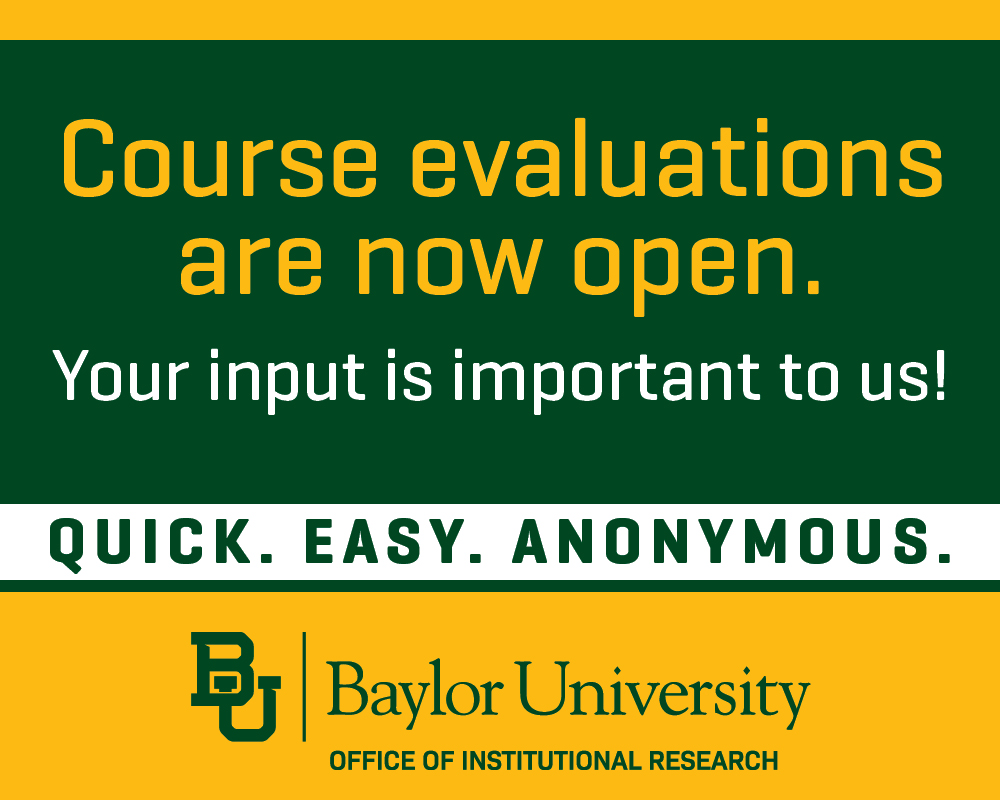There are many forms of media bias. Some can be detected easily by the clear use of opinion or the omission of necessary facts, but some are buried deeper, with the use of diction that alludes to an opinion, or an image that tells a different story than an article was meant to project.
As adults and continued news consumers of society, it is important for Baylor students to understand how to detect sources that are unable to fulfill the task of reporting news fairly. By determining which news sources are not worth reading, the power of readership is transferred back to those who strive to remain unbiased in the news industry. Without readership, those who report poorly lose the funds needed to continue in their ways.
One of the more difficult ways to realize that a paper is biased is by what events or issues the paper chooses not to cover or not to place on prominent pages. Comparing the front covers of multiple newspapers can be an easy way to detect those who allow for opinions to affect reporting. For example, in October of last year, an Associated Press story reported “Obama health plan hit by double-digit premium hikes.” According to Student News Daily, many major news outlets ran this as a featured item, including ABC News, CBS News and CNN. NBC chose not to run the story on their front page, showing bias in their story selection and article placement.
Examples similar to this are able to be found every day and are prominent in many news corporations and organizations, regardless of size or leaning. Due to the recent election and inauguration of the 45th president and the events surrounding the presidency, the press has been scrutinized heavily for political biases.
The Baylor Lariat is a student-run news organization. It has grown over the years, but it is clearly smaller than large media platforms such as the New York Times or the BBC. However, the size of a paper should not affect how it approaches the news. As the campus paper, we often cover local events and prioritize the work of students and staff. In order to remain a viable news source, we work to localize stories that are pushed in papers across the nation. Even when local connections are not found, stories from the Associated Press are placed in the news section so as to keep the general public informed on issues that are not specific to Baylor’s campus.
Recently, members of the Lariat staff had the opportunity to travel to Washington D.C. to cover national events, including the celebration prior to Inauguration Day, the actual inauguration and the Women’s March the following day. By doing so, the paper was able to run content that was states away.
Some readers took us to task on Twitter for our coverage of the Women’s March — it was seen as controversial by some readers as the march was not made available to groups who are pro-life because their stance is opposed by the Women’s March movement.
Covering the Women’s March was an opportunity to report one of the largest gatherings in the history of the nation and to report it without bias. Being given the chance to report on a heavily covered event was a growing experience for the Lariat and its staff.
The Oxford Dictionary defines news as “newly received or noteworthy information, especially about recent events.” As students, faculty and staff continue to scroll through Facebook or subscribe to news sources, it is important to recognize those who are strictly reporting news, rather than opinions, whether that be through omission or diction.






